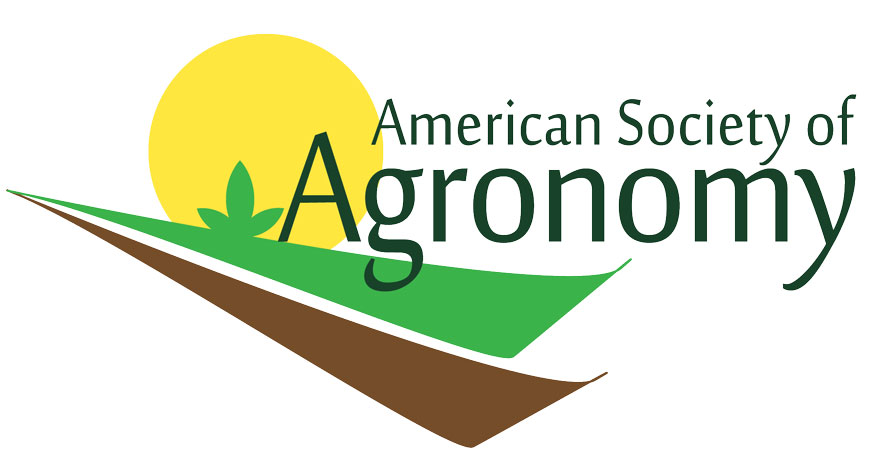Location
The American Society of Agronomy (ASA) is a progressive international scientific and professional society that empowers scientists, educators, and practitioners in developing, disseminating, and applying agronomic solutions to feed and sustain the world. Based in Madison, WI, ASA is the professional home for 8,000+ members and 14,000+ certified professionals (Certified Crop Advisers) dedicated to advancing the field of agronomy. ASA provides information about agronomy in relation to agronomic production, biometry and statistical computing, climatology and modeling, education and extension, environmental quality, global agronomy, and land management and conservation.
Founded in 1907, ASA supports its members and certified professionals by providing peer-reviewed research publications through the Digital Library, educational programs, certifications, meetings, and science policy initiatives via a Washington, DC office. A common thread across the programs and services of ASA is the dissemination and transfer of scientific knowledge to advance the profession.
Members:
Resources
Displaying 1 - 5 of 6Near Infrared Reflectance-Based Tools for Predicting Soil Chemical Properties of Oklahoma Grazinglands
Near infrared reflectance spectroscopy (NIRS) has potential to provide timely, and lower cost estimates of soil properties than current laboratory techniques. This study defined the capacity of NIRS to predict soil organic matter (SOM), total carbon (TC) and total nitrogen (TN) in native prairie (n = 3) and conventionally tilled wheat (n = 1) experimental paddocks (1.6 ha) in central Oklahoma under different forms of long-term (1978-2004) management. Samples were collected from paddocks along 150-m transects situated between a ridge and toe slope.
Sunflower–Soybean Intercrop Productivity under Different Water Conditions and Sowing Managements
The sunflower (Helianthus annus L.)-soybean [Glycine max (L.) Merr.] intercrop has emerged as an option that increases land productivity in the southern Pampas of Argentina, compared with sole crops, because of complementary use of resources between species. A common management practice for this intercrop consists of delay soybean sowing, although delayed planting reduces the capacity of soybean to capture resources. Simultaneous sowing could improve total intercrop productivity because of an increase in soybean grain yield with no or little detrimental effects on sunflower grain yield.
Comparative Breakeven Analysis of Annual Grain and Perennial Switchgrass Cropping Systems on Claypan Soil Landscapes
The Central Claypan region is an important agricultural production contributor in the U.S. Midwest. Because of the tendency for grain yield fluctuations caused by water stress, however, claypan soils may have potential for conversion from grain to grass production in support of biomass energy markets and conservation programs. This study examined the economic potential of transitioning from grain to perennial switchgrass (Panicum virgatum L.) production on claypan soils using comparative breakeven analysis.
Tradeoffs in Performance of Native Warm-Season Grass Cultivars and Locally Harvested Seed Managed for Wildlife Habitat or Livestock Production
Native warm-season grasses have potential to increase the ecosystem services associated with grazing lands and to provide a source of forage for livestock. In the upper Midwest, minimal region specific information is available to grass-based farmers on how to manage native pastures for long-term productivity and persistence. Wildlife biologists suggest delaying defoliations until mid-summer to preserve grassland bird habitat, yet production-based management recommendations warn against late season defoliations.
Using Normalized Difference Vegetation Index to Estimate Carbon Fluxes from Small Rotationally Grazed Pastures
Satellite-based normalized difference vegetation index (NDVI) data have been extensively used for estimating gross primary productivity (GPP) and yield of grazing lands throughout the world. However, the usefulness of satellite-based images for monitoring rotationally-grazed pastures in the northeastern United States might be limited because paddock size is often smaller than the resolution limits of the satellite image. This research compared NDVI data from satellites with data obtained using a ground-based system capable of fine-scale (submeter) NDVI measurements.


